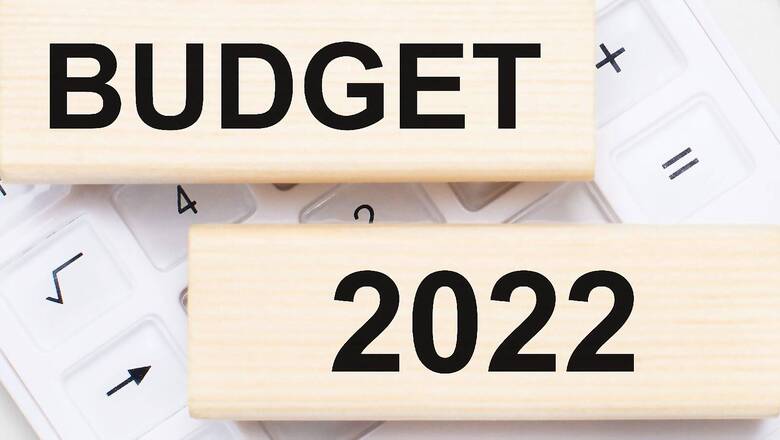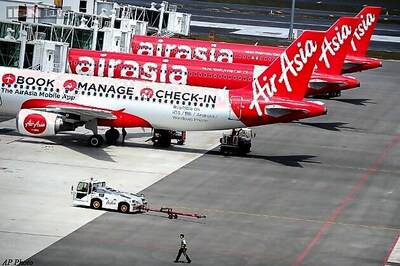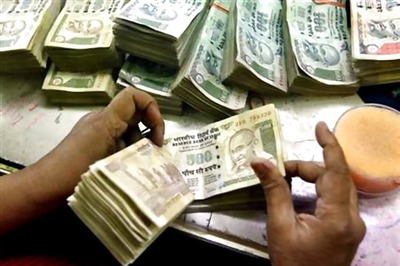
views
Mumbai, Jan 28: The forthcoming budget needs to delay fiscal consolidation, instead should focus more on supporting the pandemic battered-economy and boost consumption demand by offering income tax soaps and cutting fuel taxes, says a report. In a pre-budget report, India Ratings said it expects the new budget to consolidate and strengthen the plan set out in the last budget, rather than trying out new things by continue with the revenue and capital expenditure pattern of FY’22 to provide stability and consolidation to the past/ongoing efforts, and to focus on boosting demand by generating employment opportunities in areas/sectors that have been impacted more by the pandemic.
Live Updates: Budget 2022 LIVE Updates: Will FM Listen to your Mann Ki Baat and Rejig Income Tax Slab?
The report therefore expects the finance minister to delay fiscal consolidation and make it to be a gradual and calibrated process, thus ensuring the necessary fiscal support that the economy needs is available till the recovery acquires its own momentum. Calling for tax reliefs to households to boost demand as the purchasing power of households was badly hit since the pandemic, the report said this could be done through some income tax reliefs and lowering taxes on oil products as higher fuel prices has been driving up inflation. After the two supplementary demands for grants this fiscal the revenue expenditure is expected to be Rs 3 lakh crore higher than the budgeted amount, but the non-interest and non-subsidy components of revenue expenditure, which impact the direct demand in the economy, is likely to be Rs 13,100 crore lower than the budgeted. Since recovery is still uneven and weak, the government will have to analyse why direct demand in the economy is not benefiting from the increased Rs 3 lakh crore spending by ensuring that active government support is still available to the needy sectors of the economy. The agency expects the size of the revenue expenditure in FY23 to be larger than the revised estimate of FY22, not only in nominal but also in real terms.
Government capex is showing a rising trend increasing to 2.5 per cent of GDP in FY22, up from 2.2 per cent in FY21 and 1.6 per cent in FY20. However, given the high gestation period and cost overrun of large infrastructure projects, the agency expects the FY23 budget to accord priority to capex spending on rural infrastructure and/or infrastructure where the gestation time is short and projects are employment intensive. According to official data as much as 445 of 1,673 infra projects had a cost overrun of Rs 4.38 lakh crore end-November 2021. The National Statistical Organisation’s (NSO) periodic labour force survey for 2019-20 released in July 2021 shows a rise in the share of labour force employed in agriculture, despite the policy objective of moving labour force out of agriculture into manufacturing. The share of workers employed in the agricultural sector rose to 45.6 per cent in FY20 from 42.5 per cent in FY19, while the share of workers employed in manufacturing and construction declined to 11.2 per cent and 11.6 per cent, respectively, in FY20 from 12.1 per cent each in FY19. The report has called for setting pragmatic disinvestment targets so that budgetary numbers look more credible and also contain G-sec yields, as the market starts anticipating higher borrowings than budgeted to bridge the gap before the fiscal year comes to an end.
.
Read all the Latest Business News here




















Comments
0 comment